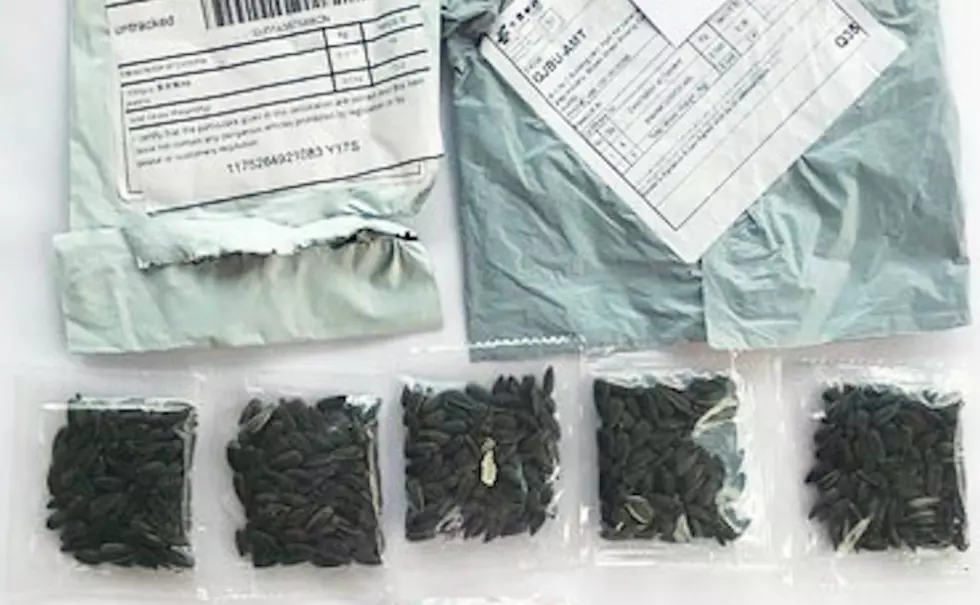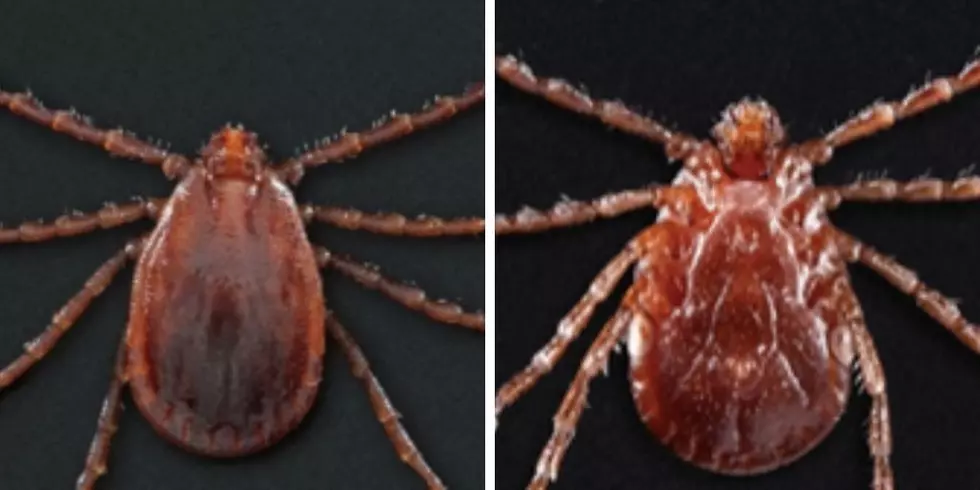
TWO Meteor Showers With Up To 20 Meteors Per Hour Happening This Week
As Comet Neowise fades away, star gazers will still have something cool to look at in the sky this week. Not one, but TWO meteor showers will be visible in the Indiana skies, and you don't want to miss out on this show.
The Southern Delta Aquariids and the Alpha Capricornids will be at their peak on the night of Tuesday, July 28, into the early morning hours of Wednesday, July 29!
If the clouds allow us, we will be able to see 15 to 20 meteors per hour, according to Accuweather. You might want to put on a pot of coffee or have an energy drink or two because the best time to spot these shooting stars will be around 1 a.m.
If you want to get a really good look at them, it's best thing to do is to get away from the city lights and keep an eye on the sky. Light pollution greatly reduces visibility of the night sky and astronomical spectacles like this.
One interesting thing about these meteor showers are the amount of fireballs that will be visible. According to Accuweather,
Fireballs are incredibly bright meteors that can light up the entire night sky for a few seconds. They also are visible for much longer than the typical shooting star, glowing for several seconds as they streak through the sky.
The cool thing about fireballs are the different colors they will appear as. The reason that fireballs can appear as different colors in the night sky is a result of their chemical composition (what they are made of). You can see the the colors that you can expect to see on Accuweather's website.
We will certainly have a fun light show next week. If this map from Accuweather is accurate, it looks like we in the Tri-State will have a very good chance at seeing a stellar light show in the sky.
If you happen to miss the show on Tuesday into Wednesday morning, you still have time to see the meteor showers. Accuweather says that these two meteor showers have broad peaks, so they will continue to produce around 15 to 20 meteors per hour through the end of July.
The fun won't end there. Two weeks after we will have another meteor shower, and this one will be even bigger. Here's what Accuweather has to say about the upcoming Perseid meteor shower:
The Perseid meteor shower is one of the top meteor showers of the entire year and can produce 50 to 75 meteors per hour, meaning that on average, skywatchers could see a shooting star every minute.
This year, the Perseid shower will reach its peak on the night of Tuesday, Aug. 11 into Wednesday, Aug. 12.

Oh, and if you missed Comet Neowise, you can check out some photos of it from the Tri-State below!
Check Out Stunning Photos of Comet Neowise Over Evansville
More From WGBFAM









